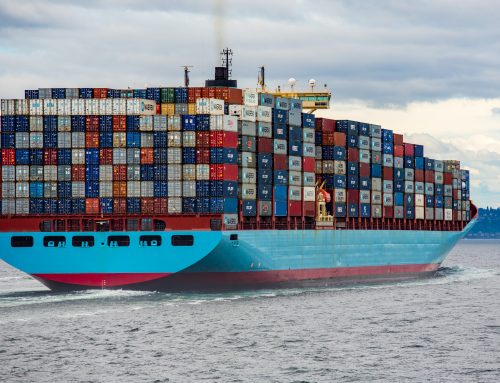Importers that move goods into the US on a formal entry basis will be required to present a commercial invoice. The commercial invoice is one of the key pieces of documentation required by US Customs and Border Protection (CBP) to determine if the shipment can be cleared. Doing your background research on what is required in the invoice as early as possible will help you collect and save the information — as opposed to digging into your files hoping to find the right thing!
Recommended reading: Guide to Importing Into USA:
“As your merchandise reaches the United States, it is up to you, the consignee, or your appointed customs broker, to file an entry with the port director at the port of entry.”
To start, the commercial invoice should have all pertinent information about the shipment: identification of the goods, destination, manufacturer, seller, country of origin, and more.
The rule of thumb that CBP applies to importers in determining if they’ve reported on the shipment correctly is called — reasonable care. They ask themselves “did the importer use reasonable care to classify the goods, claim their value, and provide other information accurately?”. That gives importers a little bit of wiggle room in case there are honest errors in the invoice. It is up to the customs officer to determine if the erroneousness is blatant, or accidental.
If the border officer feels that the answer here is a “no”, it may result in delays, fines, and possibly seizures/full-on rejections at the border.
What is needed on a commercial invoice, exactly?
You may or may not be surprised to learn that there is actually no set format for commercial invoicing required by CBP. Of course, CBP does require information to listed clearly and effectively — but in no set way/formatting.

In essence, the commercial invoice should have the information a customs officer needs to make sure that the shipped goods can enter into the US. While some information will vary depending on the importer/customs broker and the type of goods — all commercial invoices should include the correct classification and goods valuation. This information should be listed as defined by the Harmonized Tariff Schedule (HTS).
The US Trade Commission defines the HTS as:
“The Harmonized Tariff Schedule of the United States (HTS) sets out the tariff rates and statistical categories for all merchandise imported into the United States. The HTS is based on the international Harmonized System, which is the global system of nomenclature applied to most world trade in goods.”
Here is a quick point-form list of what is required of importers making formal entry:
Recommended reading: The Difference Between Formal & Informal Entry
- The destination port of entry (in the US)
- Contact information for all involved parties: importer, manufacturer, brokers, etc.
- Clear descriptions of your merchandise
- Country of origin
- Quantities and measurements for each product/commercial good
- Cost per item, currency, and valuation
- Date of the purchase and shipments
- The invoice & accompanying information must be in English
Quick note: be mindful that there may be additional special requirements depending on the type of commercial goods. For example, there are a few extra pieces of info required if you are shipping textiles.
In order to smooth the process out of collecting documentation and clearing customs, it is ideal to partner up with a customs broker. A broker can guide the process of putting the right documentation together, filing your commercial invoice, and helping you clear customs with ease.
If you’d like to learn more about how a customs broker can help you focus on other core elements of your importing business, click here to start the conversation.



